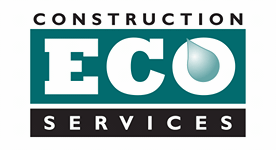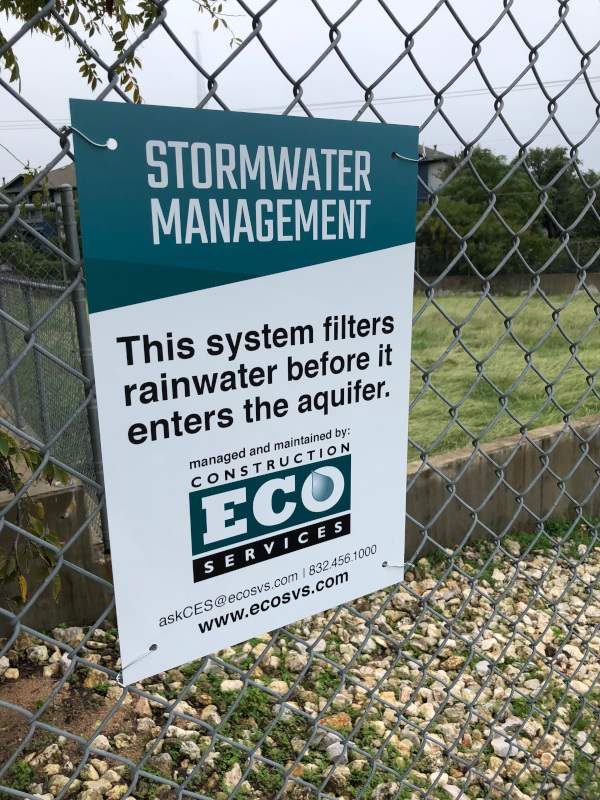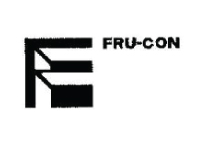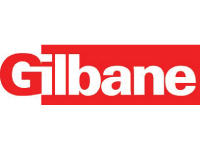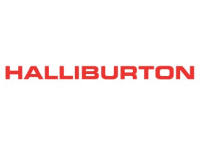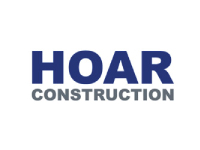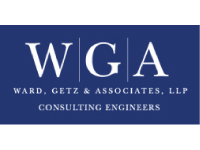OUR APPROACH TO SAND FILTER CONSTRUCTION & MAINTENANCE SERVICES
Sand Filter Maintenance
Sedimentation/sand filtration basins have proven to be an effective stormwater quality treatment BMP. It has been the primary stormwater treatment system in the Austin and San Antonio area over the last 20 years. However, the maintenance requirements are higher than other BMPs.
Maintaining a sand filter, if done routinely, can be both simple and relatively inexpensive. Because of a number of factors, this often gets overlooked by property owners and managers. The first step to keeping a sand filter operating properly is to have a regular inspection performed by a qualified professional. This provides an “eyes-on” monitoring of the functionality of the system and will get an idea of the maintenance activities that need to be performed in order to keep the system working and avoid exorbitant down the road costs.
Vegetation management in the system is a primary factor in the maintenance of a sand filter. It is recommended that vegetation be kept at bay to a maximum of 18” in height. This is to help prevent the establishment of invasive woody species whose root systems can cause structural concrete issues, penetration of the impermeable liner or compromise the underdrain piping. On the other hand, lack of vegetation, especially on earthen slopes, can lead to significant erosion issues that require costly repairs. A stormwater professional can make recommendations for an annual vegetation management plan as part of an integrated maintenance program to ensure year round vegetative cover with the right species selection.
Monitoring of drawdown during and after a rainfall event is helpful in ensuring a properly functioning sand filter. Over time, sediments and a biofilm matrix composed of bacteria, fungi, protozoa and other microorganisms form a layer on top of the sand basin called the schmutzdecke. It is a common misconception that this layer needs to be removed and that the top of the sand needs to have a clean, “volleyball court” appearance. The schmutzdecke is actually helpful and brings another level of treatment to the system, effectively adding a biological treatment to the already effective TSS removal. If the drawdown time of the sand filter reaches more than 48 hours, the top layer needs to be scraped to allow the water to enter the system.
A sedimentation/sand filtration pond, just like any other stormwater BMP is designed to capture sediment. It is one of the most effective BMPs for TSS removal at 91%. This means that sediment capture and removal need to be performed regularly. A routine maintenance plan to remove sediment at regular intervals will prevent the costly need to regrade the entire basin if the sediment buildup issue is ignored. Sediment accumulation can be tracked through the inspection process, and routine removal is a simple and inexpensive process. It is important that any sediment that is disposed of is done by a qualified professional that knows the proper handling and disposal methods of sediments that can be contaminated with hydrocarbons and metals which could potentially pose an environmental hazard.
The maintenance of a sedimentation/sand filtration pond is simple and cost effective if performed regularly and with the help of a qualified professional. It is important that property owners and managers have the awareness of the often-neglected process so they can budget accordingly and avoid large, unexpected costs that come with having to rehabilitate a sand filter that has not been maintained.
Sand Filter Construction
In the 1990s the City of Austin, with concern about nonpoint source pollution and its impacts escalating, adopted regulations requiring the treatment of stormwater runoff on commercial and multifamily developments with a 20% or greater impervious cover. Since then, sand filtration ponds have been the gold standard. These are time-tested, widely implemented stormwater quality measures that are effective in treating for TSS and microorganisms that would otherwise pollute downstream waterways. In fact, the EPA refers to the common design as the “Austin Sand Filter,” and has been adopted across the country.
The common design for a sedimentation/sand filtration system consists of two basins separated by a rock gabion or concrete wall. As stormwater enters the system it is designed to sheet flow across the primary, or sedimentation basin. This is where most of the sediment and trash is collected. The flow rate is controlled by a perforated riser or gabion wall as it moves into the sand filtration basin. The water is then slowly filtered through the sand layer which captures most of the remaining suspended particulate. Typical sand filter design calls for a minimum of 18” of sand depth to allow for a 48 hour drawdown time. Below the sand layer is a perforated underdrain surrounded by drainage stone. Once filtered the water enters the underdrain and leaves the system as clean, treated runoff.
In the construction process, the water quality pond can cause developers and general contractors major headaches. Because the sand filter is usually one of the last items on the project to mobilize, GCs can end up with a scope gap and multiple change orders to get the system built. The site work and utility contractors have usually left the job by that point, and the landscaping contractor doesn’t always have the know-how or capability to perform the task. It is important to hire a qualified stormwater management contractor with the expertise to take the engineered plan and make it work with the conditions in the field. They will also be able to liaise with the City of Austin to ensure that all items are installed per the Environmental Criteria Manual and will pass inspection. A turnkey stormwater management contractor will also have the capability to work with the owner to come up with a maintenance plan that will ensure that the system does not get neglected once the property is handed over.
Service Locations & Offices:
THE HIGHEST COMPLIANCE AT THE LOWEST COST
Given the changing nuances of enforcement, the growing tangle of overlapping enforcement agencies and the stiff consequences for non-compliance, our SWQM services business exists to serve Operators and Owners in Houston, Dallas, San Antonio, Austin, and Ft Worth, by implementing a set of compliance services that cover all facets of SWQM compliance.
SUPPORT MATERIAL
eBook – You’ve Received a Re-Permit Notice, What Next?
Learn what to do next if you have received a Notice of Stormwater Quality Requirements for your property. Harris County and the City of Houston each have a set of regulations regarding the post-construction stormwater management obligations that must be met by property owners.

- Determine if your property is in permitable condition
- Issues that must be resolved prior to re-permit
- Professional Engineer Certification
- How to avoid the cost of non-compliance
With an understanding of your requirements as a property owner or manager, this guide will go a long way towards insuring your property is compliant with stormwater quality regulations.
Get Your Stormwater Quality Permit Status Report
Stormwater quality permits are valid for 1 year and therefore require annual renewal. Fill out the form to the left and find out now if you are out of compliance and at risk of costly fines. By providing your property information we will provide you with:
- Your compliance status
- When your property is due for re-permit
- Re-Permitting Guide For Property Owners & Managers
If the Stormwater Quality Permit (SWQ) permit is not renewed annually as required, and/or the stormwater quality feature is not inspected and maintained according to the SWQMP, the property Owner is out of compliance and will be subject to fines. Trust us to help keep your property in compliance.
THE WHY!
SWQM: Why Care?
Stormwater Quality (SWQ) permitting regulations exist to improve water quality and to minimize negative impacts of development on our watersheds. Without these programs, the effects that a growing community creates would have a devastating impact on our region’s already impaired rivers, streams and bayous. Counties and cities each have their own set of regulations regarding the post-construction stormwater management obligations that must be met by property owners.
When incorporating the specifics of SWQ regulatory requirements into the design of a development, the civil engineer calculates the volume of water to be treated, creates a Stormwater Quality Management Plan SWQ and selects a stormwater quality treatment feature to fit the needs of the site. The resulting design must be approved by County or City engineers and a Stormwater Quality Permit is issued to the Owner of the property.
All of this happens before construction is permitted or commenced. On occasion, the SWQ permit and the SWQMP which guides compliance; are details the property Owner or Manager may not be fully aware of. If the SWQ permit is not renewed annually as required, and/or the stormwater quality feature is not inspected and maintained according to the SWQMP, the property Owner is out of compliance and will be subject to fines.
Some may see stormwater management as just another unnecessary and unwanted cost to construction projects or property ownership and management. But, understanding the negative effects that poor or no stormwater management is causing should be a concern to us all. It affects where we live and play. It affects our marine-based food supply. It affects our dwindling water supply.
We care. It is why we do what we do.
Why Choose Us?
Established in 2002, we provide our clients a proven, systematic approach and a reliable experienced team that can take all compliance logistical burdens off your shoulders. What could make your life simpler? One call. One point of contact. New project launches simplified. Compliance simplified. Compliance assured.
Other key reasons to choose us:
- We provide the most appropriate, cost-effective, and innovative solutions
- Our experience and expertise is the fundamental “product” our clients buy
- We focus on our customer’s success
- Our high degree of integrity
- Our ability to customize and problem solve
- All our field crew are OSHA 30
- We are agents of stormwater change
If achieving the highest level of compliance while reducing risk and lowering costs is important to you, then let’s work together. We provide full turnkey stormwater management consulting and solutions. All field crew are OSHA 30 certified.
Tell us about your project and get a quick quote.
